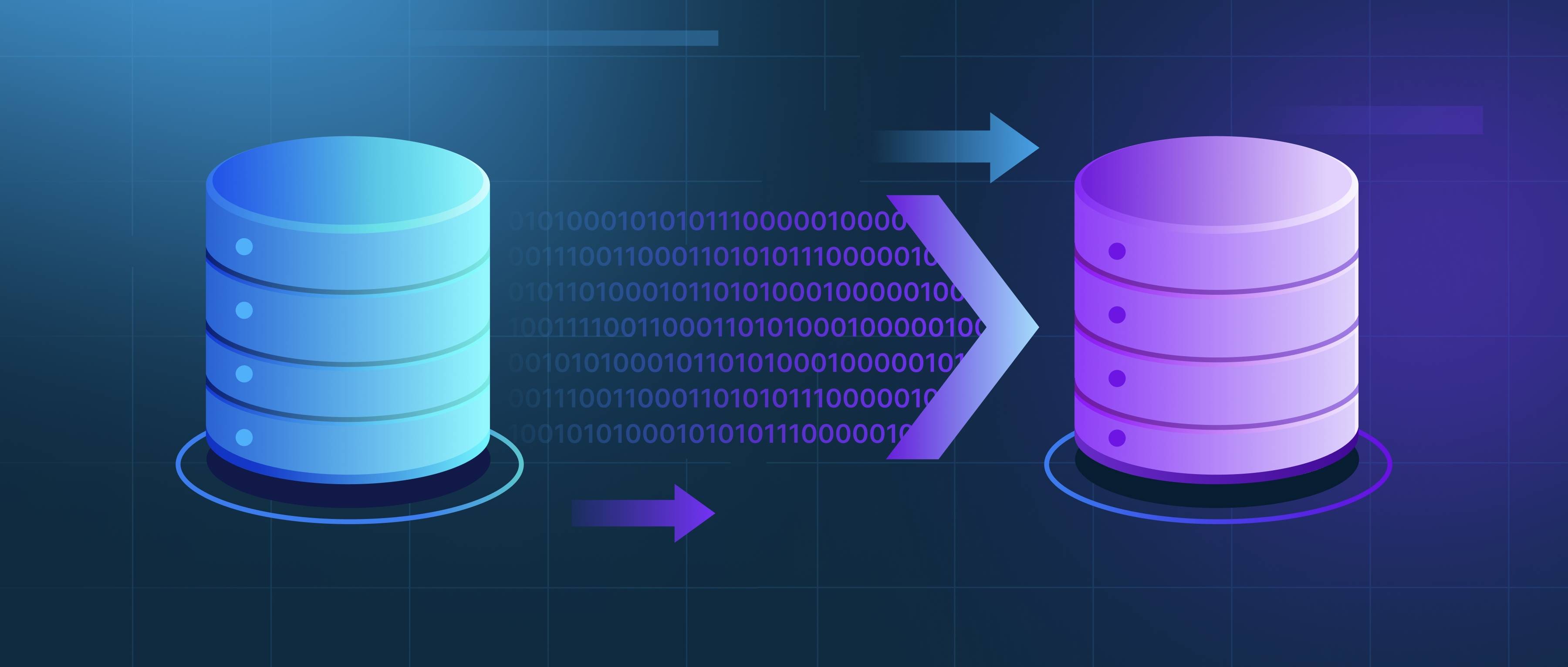Time series decomposition is a technique used to break down a time series dataset into its underlying components: trend, seasonality, and noise (or residuals). This process helps analysts and developers understand the different influences affecting their data over time. The trend represents the longer-term movement in the data, indicating whether values are generally increasing, decreasing, or remaining stable. Seasonality reflects regular patterns or fluctuations that occur at consistent intervals, such as monthly sales peaks during holiday seasons. Noise is the random variation that can obscure the true signals in the data, often arising from unusual events or measurement errors.
To perform time series decomposition, one common approach is additive decomposition, which assumes that the components add together to form the original time series. For example, if you have monthly sales data for a retail store, you could identify a trend of increasing sales over several years, a seasonal pattern that shows spikes in December for holiday shopping, and some random fluctuations due to factors like promotions or store events. This decomposition allows developers to analyze each component separately, making it easier to forecast future values or identify specific periods for further investigation.
Another method is multiplicative decomposition, where the components interact in a multiplicative manner. This is often used when the magnitude of the seasonal effects changes with the level of the series. For instance, in seasonal industries like tourism, the seasonal effect might be stronger during peak months for high revenue months than in slower months. Choosing between additive and multiplicative models depends on the nature of the data and the relationships between its components. By effectively decomposing a time series, developers can enhance their data analysis, improve forecasting accuracy, and make more informed decisions based on the insights gained.
